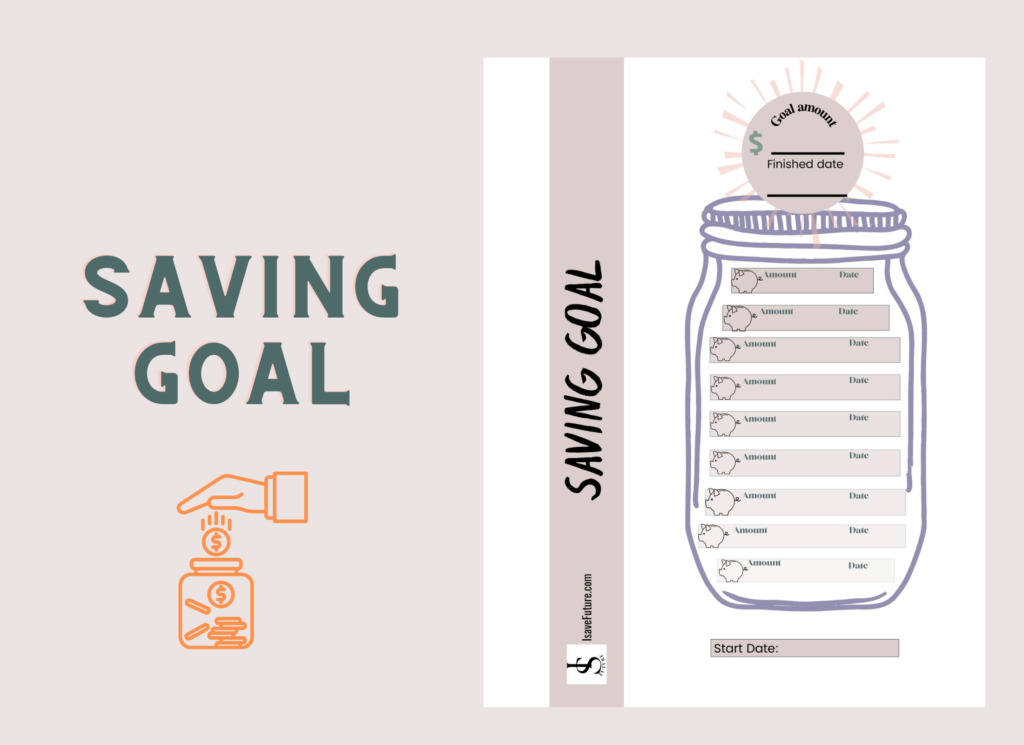Investing is the most important aspect of wealth building, but a lot of people feel intimidated and fearful about it. The truth is that investing isn’t difficult at all and anybody can do it. You just need the right information and instructions to give you the confidence you need to start.
Before you start investing, you must understand the securities you will invest in and how the stock market works. This is important because it will prevent you from making decisions based on emotion. When you understand how the stock market works, the chance of you getting panicked when the market is falling is much lower. You never want to make money decisions based on fear; it could lead to financial disaster.
Step 1: Open a brokerage account
You will use this account to buy and sell securities such as stocks, bonds, mutual funds, and exchange-traded funds ( ETFs). You want to use a low-fee online discount broker like Fidelity and Vanguard. These types of brokers have low to zero fees and the quality of their service is just great.
Brokerage accounts work just like banks. You can easily transfer money in and out of the account, but the main difference is that, unlike banks, a broker account gives you access to the stock market which is just what we are looking for!
Before we move forward, I have to mention the Roth IRA account. This is a retirement account you can open and manage thru your brokerage. Why is this important? This account allows you to invest after-tax money up to $6000 per year, and your money grows tax-free. This is a big deal! Taxes is one of our biggest expenses, and having an account that allows us to grow our money tax-free is very significant.
The money you contribute to a Roth IRA you can take it out at any time, but the earnings must be held in the account for five years, and you must be 59½ before you can pull the money tax and penalty-free. Ideally, you should try to have both accounts, the online brokerage account, and the Roth IRA – and give priority to the Roth IRA because of the tax advantage.
Using Fidelity as an example this is what you will do to open the brokerage account.
Step 2: Fund your account
You can open a brokerage account with zero dollars, but you have to fund it, so you can start trading. To fund the account you must link your checking or saving account with the brokerage account. This is an easy process; you can also automate it for future transfers. For example, you can set a predetermined amount of money to be transferred from your bank to the brokerage account every month.
Step 3: Pick your investment
Once your account has been funded, you can start trading. You can buy stocks, bonds, mutual funds, ETFs, etc. To purchase an investment search for the name, or ticket symbol. Then, click buy and type the dollar amount or number of shares you want. Fidelity allows you to buy a fraction of a share which is great because you can own a slice of your favorite companies and ETFs based on how much you want to invest. If you want, you can also automate your investments. You can set a predetermined amount to be traded every certain period of time.

Type of investment
Stocks: When you buy stock, you become the owner of a fraction of a company called a share. In return, you can potentially increase your money due to capital gains and dividend payments.
Bonds: By buying a bond, you’re lending money to governments, or corporations. In return, they agree to pay a specified interest rate during the life of the bond and to repay you the principal when the bond matures.
Index Funds: Also known as a passively managed mutual fund is a portfolio of stocks or bonds designed to track the performance of a financial market index such as the S&P500. Index funds are preferred by investors because they provide instant diversification.
Exchange-traded funds (ETFs): Similar to Index funds, ETFs are baskets of securities that track a particular index, sector, commodity, or other assets. You can buy or sell ETFs on a stock exchange in the same way that you can buy and sell a regular stock.



